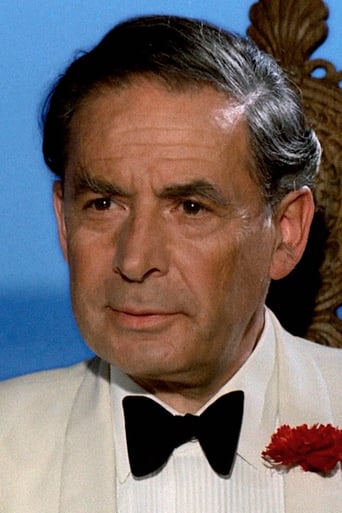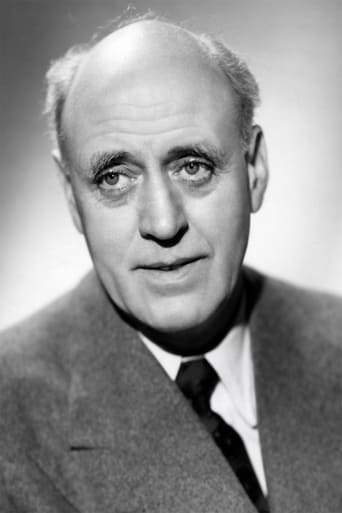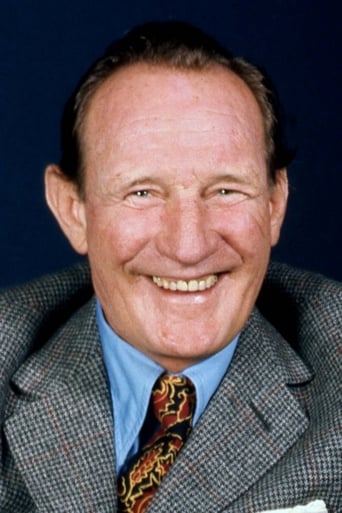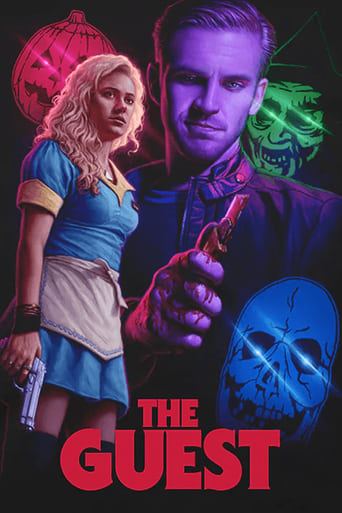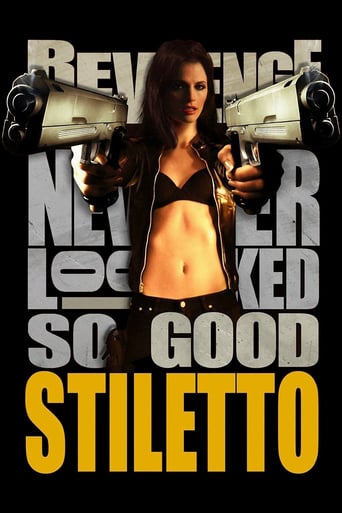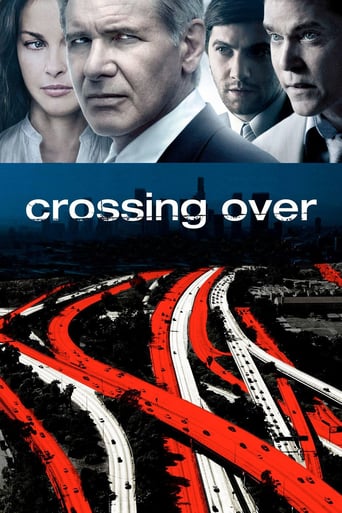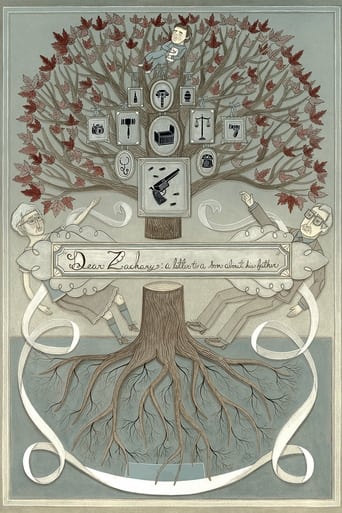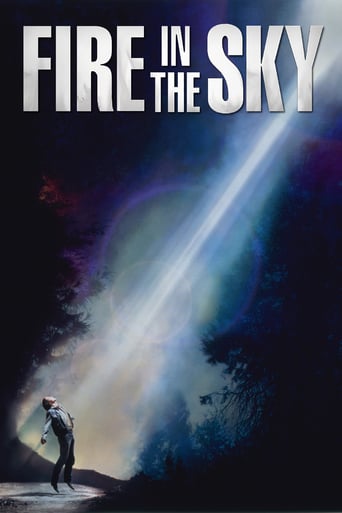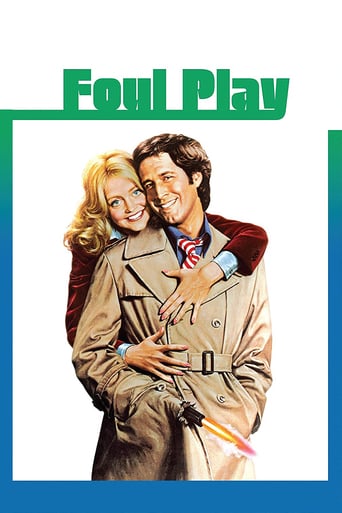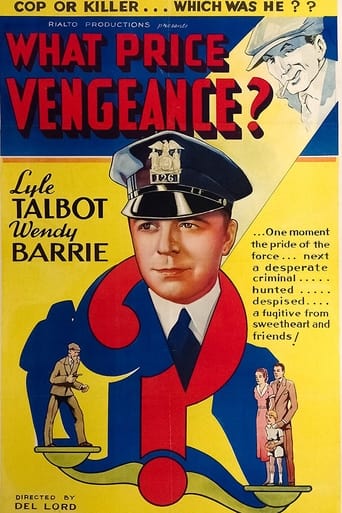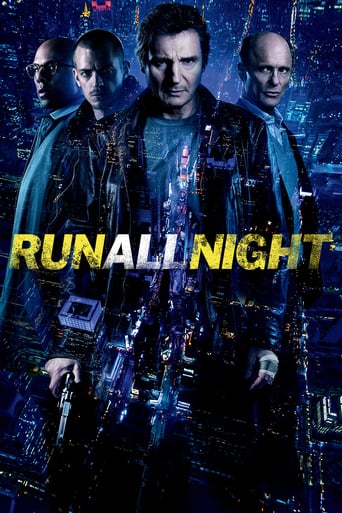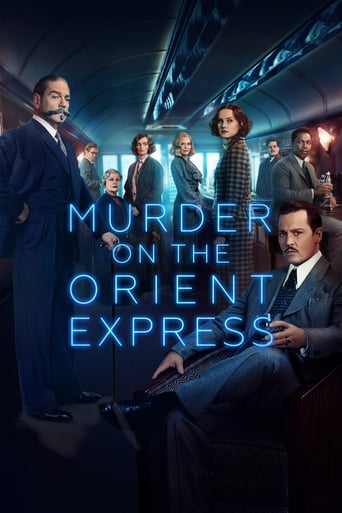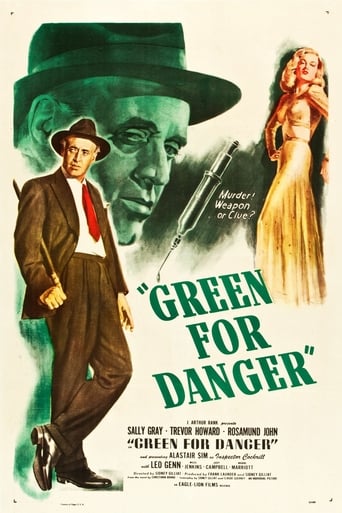
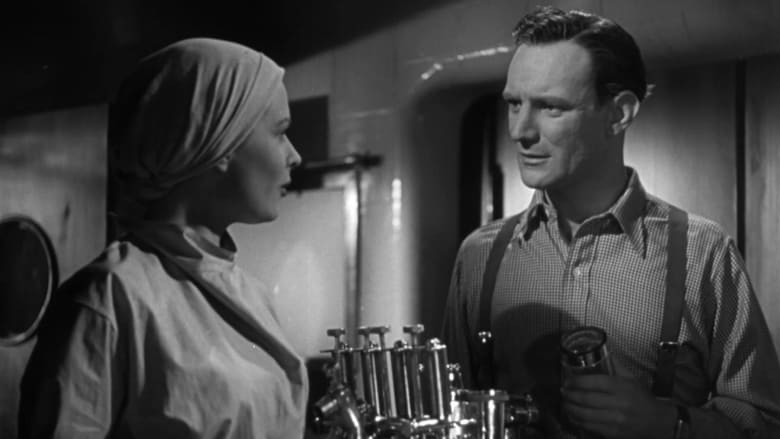
Green for Danger (1947)
In the midst of Nazi air raids, a postman dies on the operating table at a rural hospital. But was the death accidental?
Watch Trailer
Cast


Similar titles
Reviews
World War II Reared its Ugly Head in Post War Cinema Relentlessly. One would be Hard Pressed to Find a Movie in the 1946-50 Period, British or American, that didn't Include Characters and/or Situations that did not Make Reference. Its Stench Lingered.Film-Noir was an Unconscious Style/Genre that Seem to Stem from the Collective Consciousness of Filmmakers as the Form just Unpretentiously and Spontaneously Erupted and Marked its Heavy Stamp on the Way Movies were Made.In this British Who-Done-It the Cinematography with its Dark Tone and Expressionistic Style makes it a Controversial Inclusion in the Cannon of Noir because it is Basically a Mystery Movie with the British Way of Snappy Dialog and Black Humor. Alister Sims, Trevor Howard and the Entire Cast are Worthy of Note.But it is the Setting, a Hospital "Theatre" Operating Room that Makes an Impression with its Creepy Environs and Having the Actors Appear in Masks a Good Deal of the Time is Another Eerie Exponent Worthy of the Surrealism so Often Displayed in Noir. Figuring Out the Murderer will be a Daunting Task as Things Unfold because it can be Quite Confusing and Overwritten at Times. The Characters are Interesting and the Script can be Amusing. But it is the Style of Film, with Buzz Bombs and Paranoia Still Remnant in the Residings of the Populace, the Production Design (most notably the lighting and Sets), that Make this an Engaging Entry in Post War British Cinema and an Across the Pond Film that could Properly be Placed in the Film-Noir Category, if Not in its Purest Form.
There are a number of things about this film that set it apart. It moves at a good pace with excellent dialog. It is actually accurate in its portrayal of operating room gases and procedures. The narrator does not make an appearance for at least ten minutes, which is quite unusual all by itself. Finally, it actually provides the movie-goer with all the clues necessary to solve the crime.The cast selection is also quite good. Alastair Sim (as Inspector Cockrill) is smart, abrasive, and eccentric. Sally Gray as Nurse Frederica 'Freddi' Linley, Trevor Howard as Dr. Barney Barnes, Rosamund John as Nurse Esther Sanson, Leo Genn as Mr. Eden, Judy Campbell as Sister Marion Bates, and Megs Jenkins as Nurse Woods all turn in excellent performances. Judy Campbell did not have many movie roles due to her statuesque build and intense good looks. Susan Grey was almost too pretty compared to the other female characters.Trevor Howard (Dr. Barnes) and Leo Genn (Mr. Eden (surgeon)) turned in outstanding performances as doctors with grudges against each other. In fact, all of the characters were pitched against each other quite often, exposing their various and often opposed personalities, motivations, and morals.Though all the clues required to solve the mystery were present, there were also enough "red herrings" to make the deduction difficult.Wilkie Cooper did an outstanding job of cinematography by providing well-lit scenes that still carried a dark and sinister quality. The sense of foreboding was heightened by the occasional inclusion of a V-1 flying bomb. I should also mention that the Sound Department (too many participants to list) did an outstanding job of capturing and conveying the sound of a "buzz bomb" flying overhead and the inevitable explosion when it landed.
Thoroughly entertaining, this whodunit is set amid the bombing raids in London in 1944, but the plot only tangentially touches on the War. Most scenes take place in or near a hospital. And all of the suspects are hospital staff, identified early and efficiently. As the camera slowly pans an operating room, the story narrator identifies six main characters, doctors and nurses, all dressed in surgical gowns, masks, and caps. "Two of these people (will) be dead, and one of them a murderer".Into this setting comes Inspector Cockrill (Alastair Sim), quick-on-the-uptake, self-assured, and humorously pompous. He learns the details of the crime, interviews the suspects, and then, at the end, recreates the operating room setting wherein the first person was murdered, hoping to trap the killer.The film abounds with subtle clues and red herrings. That's what makes the film enjoyable. Yet, in reviewing the film, I can see that one of the most important clues is really too subtle. And that's my main criticism. Nevertheless, viewers can find all the clues they need to solve the mystery, in the first 20 to 25 minutes of the film, if they really pay attention.B&W cinematography is effective in creating a suspenseful, taut, noir atmosphere, particularly in the operating room scenes. The cinematography is less effective outdoors. But outdoor scenes were actually filmed inside a studio.Good acting amplifies the high quality production. Leo Genn, Judy Campbell, and Megs Jenkins are all quite effective. And, of course, Alastair Sim is terrific."Green For Danger" presents viewers with a murder mystery attended to by a humorously eccentric inspector. It also conveys a realistic look at civilians trying to cope amid the stress and uncertainty of wartime, and thus has thematic value beyond the whodunit element.
This movie is unusually dull for the initial 40 lackluster minutes until Alistair Sim shows up. When he does, its in a setpiece with a perfectly choreographed bit of slapstick that seems to signal a more imaginative, engaged type of film-making than we've been looking at. But despite a few ravishing moments of camera-work in the movie, still more convention confirms that that was all you get! It's potential dissipates as it plunges through narrower and narrower scales until all that's left is comparing it to other mysteries. It's a bit naff when a b&w movie mentions the color green, pounding you over the head with the title clue. There is craft here, but nothing to transform it into art. A viewer may find intrigue in how a region downstream interprets a Hollywood genre; in this case "noir" filtered through the British investigator tradition.The quaint rural England milieu and sets will stick in your mind. But the movie never becomes the above average film that it's production design hints at, and one wonders why the extra effort was made. Its regional setting reminded me of P&P's A Canterbury Tale. Perhaps it's the very unflappability of the English that makes this exercise so unengaging. Characters can barely be bothered to feel threatened or excited. The psychology is paper deep.


